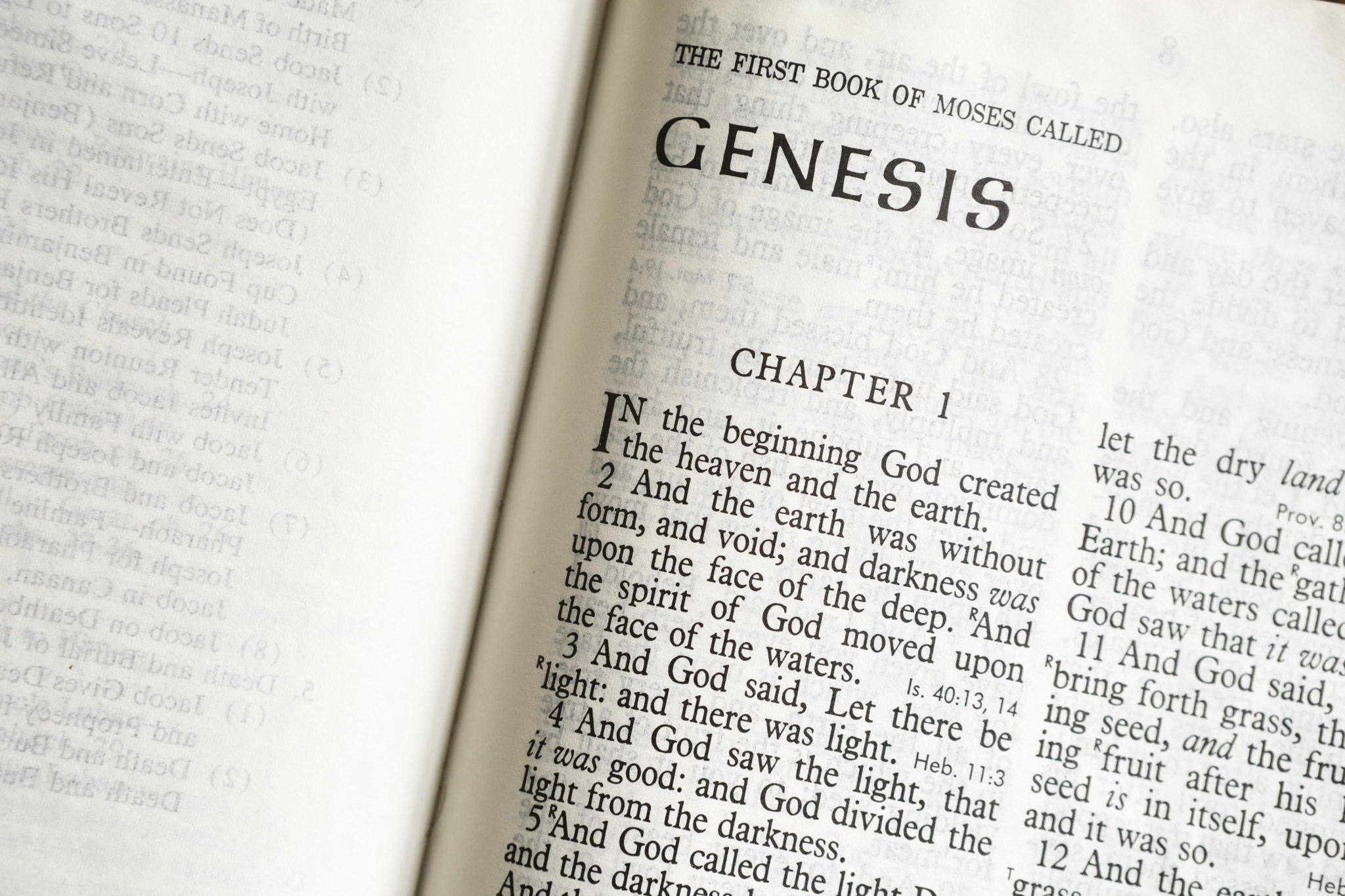Imago Dei and the Connection to the Fall and Destiny of Satan
Explaining the origin of evil remains one of Christianity’s chief challenges. As defenders of the faith, Christians often cite biblical accounts about the fall of Satan (Luke 10:18) that appear to trace the origin of evil to one of God’s creatures. Is there more going on? Is it possible that the devil envied the eventual role that humanity’s creation—specifically Eve’s as the “mother of all living”—in God’s image would play?
While Scripture must finally and conclusively inform a Christian view, we might look to extrabiblical writings to help think through a doctrine. In this case, C. S. Lewis’s literature and the Jewish Pseudepigrapha,1 insofar as they are consistent with Scripture, can help inform our view.
The Unique Imago Dei
What does it mean to be created in God’s image (imago Dei)? Theologians define the imago Dei differently, as theologian Kenneth Samples points out.2 Science scholars Fazale Rana and Hugh Ross have also written about the unique functionality of the imago Dei.3 While biblical studies scholar Michael Heiser sees that the imago Dei was about the status of humans, he seems to miss the point about its uniqueness when he states that angels also bear the same imago Dei.4 All Christian traditions affirm that being created in God’s image makes human beings exceptional. But relatively little consideration has been offered about why it was only after the creation of the woman that the imago Dei was declared in Genesis 1:27 but is not said of Adam after the description of his creation in Genesis 2.
Declaration of the Imago Dei in Genesis 1-3
In Hebrew narrative style, Genesis 1 gives “the executive summary” of creation5 while Genesis 2 gives specific details about the day six creation of mankind, meaning that a strict chronology is not intended. When harmonizing these two accounts we observe two things about the imago Dei. Genesis 1:27 states, “So God created mankind in his own image, in the image of God he created them; male and female he created them.” This declaration of bearing the imago Dei was curiously not given in the more detailed account of Genesis 2. However, presumably in Genesis 2 when God created the man (Hebrew, ’Adām), he was the imago Dei as Ross notes.6 Yet based on the sequence in Genesis 1, the imago Dei was not yet fully expressed until God had created the woman (Hebrew, Ish’shah—note: she was not named “Eve” until after the fall, Genesis 3:20).
Before Ish’shah was created, ’Adām was tasked with examining and naming the animals of Mesopotamic Eden.7 Ross, perhaps being overly conservative, has calculated the time required to complete this task as “a year or two.”8 (We might as easily have estimated this time frame to have been considerably longer.) But why was it that the devil only appeared after Ish’shah was created? After all, the tempter had at least a year (presumably) to carry out his wicked scheme against God’s initial image bearer, Adam.
Explaining the Origin of Satan
The origin of Satan is popularly depicted as occurring when one of the chief angels rebelled against Yahweh and took one-third of heaven’s angels—who then became “demons”—with him. However, Heiser notes that Revelation 12:3–4a does not adequately support this theory because it describes events after Christ’s incarnation and ascension.9 Thus it cannot account for Satan’s origin.
Poet and critic Jane Scharl provides insight by referring to the traditions within the Pseudepigrapha, which state that it was only when Yahweh created the woman that a chief angel became envious because there was now a creature “more powerful than him” who was uniquely like God since she possessed an attribute that no other creature—including Adam or any angel—possessed: the ability to create an immortal soul ex nihilo (from being sexually wedded to a human man).10 Texts such as Wisdom of Solomon 2:24 and Life of Adam and Eve 12–14 describe Satan’s fall as being prompted by such envy.
C. S. Lewis’s book Perelandra is set on Venus to depict a reenactment of the creation of the first man and woman. There “Maleldil” (Yahweh) creates the pair who enjoy innocence and intimacy with their creator in a pristine world.11 But their serenity was interrupted by a stranger who personified evil. His one sinister intent was to deceive and sever the relationship between the woman and Maleldil. Echoes of the Edenic serpent drama are obvious. Why is the woman the target?
Even if we only took the biblical data that mankind was declared to be the imago Dei after the woman was created, we recognize that it is only then that Satan appears. Scharl references the Rabbinic traditions that say Satan held deep animus for the woman.
Indeed, the Bible gives accounts of the devil’s assaults against women (mistreatment by means of human instruments) and how Yahweh has redeemed them. Five such redeemed women played a role in the lineage of Christ as evidenced by their honor roll in Matthew 1, but especially by Yahweh choosing a woman to bear the ultimate imago Dei (2 Corinthians 4:4; Hebrews 1:3). Indeed, Christ’s incarnation was a revelation of the fullness of the imago Dei and while the origin of Satan was linked to the creation of humanity as the imago Dei, his destiny and doom, as prophesied in Genesis 3:15, have been made certain by the appearing and victory of the true imago Dei, Jesus Christ (1 John 3:8; Revelation 20:10).
Endnotes
- The Pseudepigrapha originated in the intertestamental period and informed early Jewish Christian thought, including some writers of the New Testament. See “New Testament Allusions to Apocrypha and Pseudepigrapha,” Biblicalia, accessed February 14, 2022.
- Kenneth Richard Samples, 7 Truths That Changed The World (Grand Rapids, MI: Baker, 2012), 168.
- Fazale Rana with Hugh Ross, Who Was Adam?(Covina, CA: RTB Press, 2015), 332.
- Michael S. Heiser, Angels: What the Bible Really Says about God’s Heavenly Host (Bellingham, WA: Lexham Press, 2018), 31; See also Samples, 7 Truths, 163–187.
- Hugh Ross, The Genesis Question: Scientific Advances and the Accuracy of Genesis (Colorado Springs, CO: NavPress, 2001), 55.
- Ross, Genesis Question, 59.
- Hugh Ross, Navigating Genesis: A Scientist’s Guide to Genesis 1–11 (Covina, CA: RTB Press, 2014), 99, figure 10.2.
- Ross, Navigating Genesis, 105.
- Michael S. Heiser, Demons: What the Bible Really Says about the Powers of Darkness (Bellingham, WA: Lexham Press, 2020), 244.
- Jane Scharl, “Embodied Sainthood: Gender and Dragon-Slaying,” Upstream with Shane Morris, Colson Center, September 28, 2021.
- C. S. Lewis, Perelandra: Vogage to Venus (London: HarperCollins, 2005 [1943]), 61.






